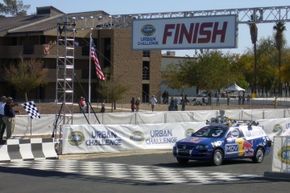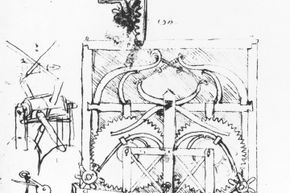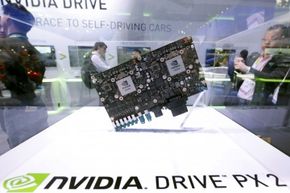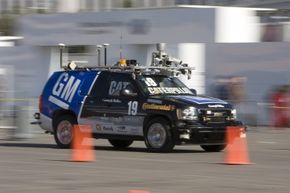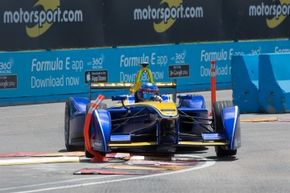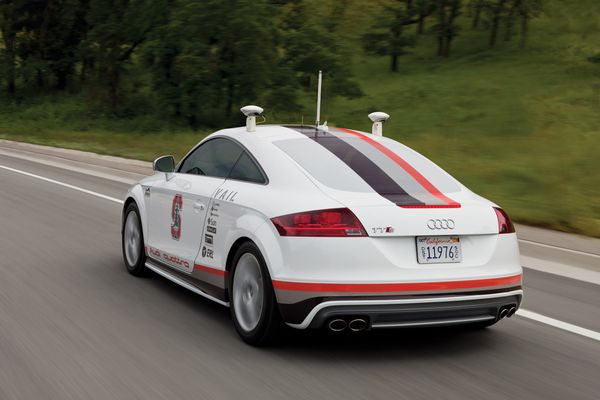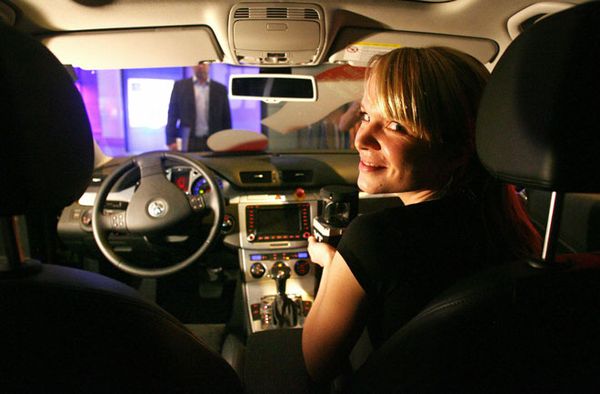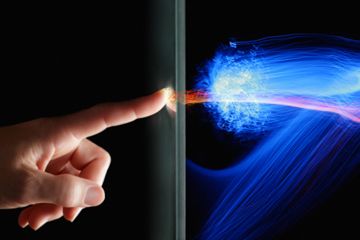Tall stadium lights shine through swarms of flying insects, illuminating the speedway on a warm, muggy night. Thousands of people pack the stands. Their heads swivel as race cars round the turns, whizz by and then do it all over again. A low murmur from the crowd explodes into raucous cheers as one car passes another, narrowly avoiding a collision. It's just another action-packed night at the racetrack — or is it?
One lap to go. The fans are on their feet, yelling loudly as the cars jockey for position. As the leaders roar around the final turn and head into the home stretch, it's clear there's going to be a photo finish. Mere inches separate the winner from the runner-up as they sail under the checkered flag. The crowd goes wild!
Advertisement
That's when you notice something strange. As the first-place car slows to take its victory lap, it becomes apparent that no one is in the driver's seat. Is the car remotely controlled? Did the driver jump out? Nope. Incredibly, the car is driving itself.
While this scenario hasn't yet played out in real life, it's only a matter of time until it does. Engineers have made incredible progress in the design and testing of driverless cars since the first prototypes were rolled out in the 1970s. Perhaps most notably, Google's self-driving car project has logged more than 1.3 million miles of software-controlled driving from 2009 to December 2015 [source: Google]. And, because this is America, engineers have already tried racing their creations, albeit in individual time trials, not directly against one another.
So how did driverless car racing get started? How is racing these cars down a track any different from driving them down the freeway? Will driverless car racing eventually put professional drivers out of a job? We'll run down these questions and more, but we're leaving the driving to you. So grab that mouse and click on!
Advertisement
